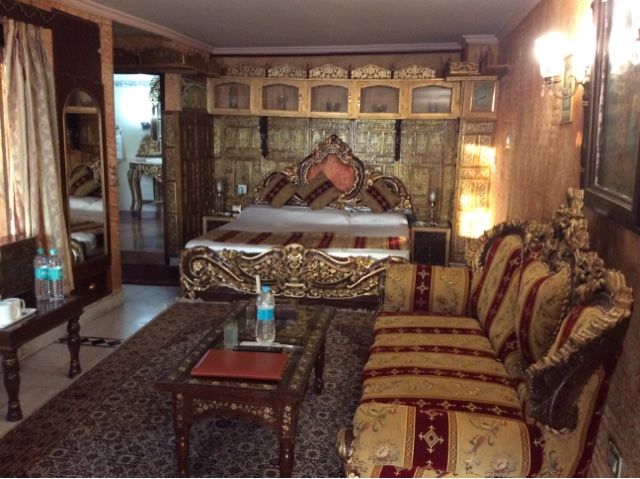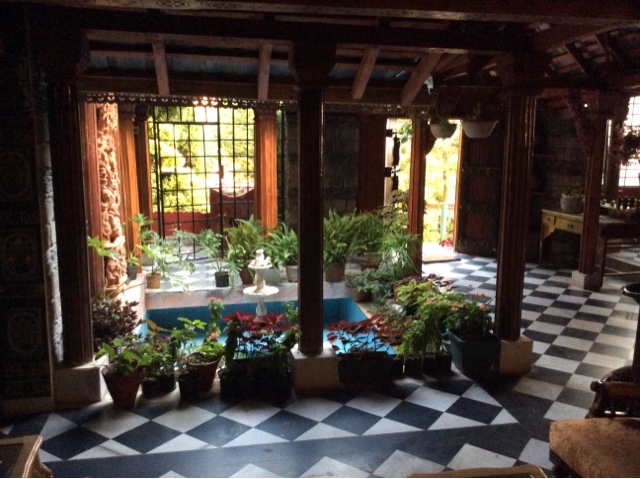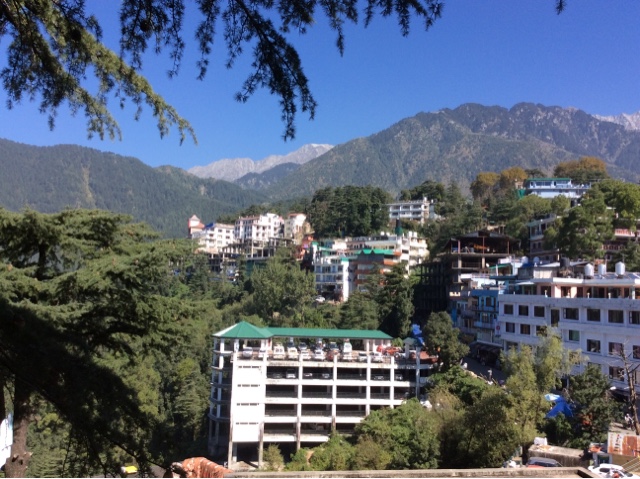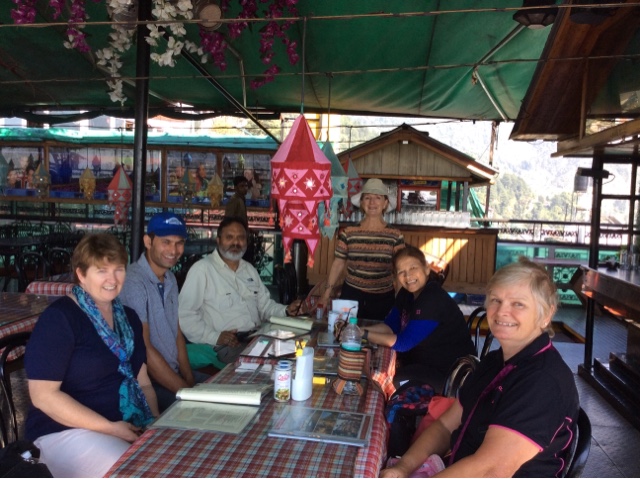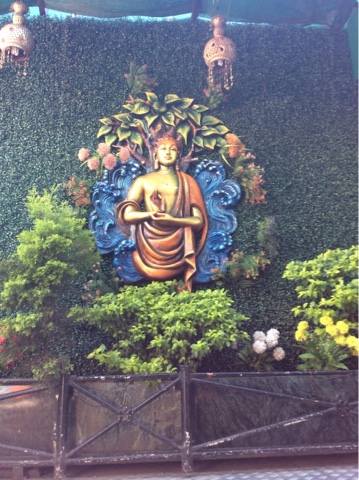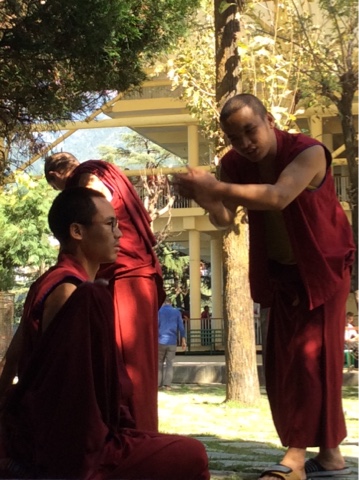Today we drove from Shimla to Dharamasala our driver Dilip like most Indian drivers may consider he is a Grand Prix candidate, but he is careful and does not hesitate when overtaking the hundreds of trucks, motor cyclists and cars. Thankfully today the traffic was not so busy as we wound our way up the mountain, down to the plains and up again to , dharmashala a Hindi religious rest-house. In Shanskrit, Dhara means religion, and shala means “sanctuary” hence dharamshala is a ‘religious sanctuary’ or rest-house for pilgrims, that is primarily created for religious pilgrims or as a religious endowment. Arriving at our accomodation we were surprised to see that we were staying in a quaint old home built 200 years ago, my headroom was like a palace.
Creating dharmashala a tradition common in Hinduism, Jainism and also Buddhism. Just as sarai are for travellers and caravans, dharamshalas are specifically meant for religious travellers and built at pilgrimage Dharamshala is a city in the Indian state of Himachal Pradesh. Surrounded by cedar forests on the edge of the Himalayas, this hillside city is home to the Dalai Lama and the Tibetan government-in-exile. The Thekchen Chöling Temple Complex is a spiritual center for Tibetan Buddhism, while the Library of Tibetan Works and Archives houses thousands of precious works. Situated in the picturesque Kangra valley and set against the Dhauladhar mountain range in Himachal Pradesh, Dharamsala is an ideal retreat for nature lovers. The pristine environment with dense green cover consisting of Deodar and Pine trees provides a visual treat. Dharamsala is also the winter capital of Himachal Pradesh, and consists of two distinct areas which are separated by a 10 minute bus or jeep ride. Lower Dharamsala is where most of the government offices, schools, the local hospital and commercial areas are located. It also has a few tea gardens. The upper Dharamsala, known more commonly as McLeod Ganj is the seat of Tibetan spiritual leader, the Dalai Lama. It is home to the Tibetan community and epicentre of religio-tourism centred around Tibetan Buddhism. We enjoyed a fun day visiting the Museum and Monastery all then wandering the markets seeking out that special souvenir’s. Lucy was enjoyed at a rooftop restaurant where we could enjoy the spectacular view.
Words of Wisdom from the Dalai Lama “we have a culture of contentment and not taking too much from nature. As we see today, human greed and unlimited warns have caused additional problems to the works and immeasurable harm to animals. In the view of this, the future economic development of Tibet should be based on the principle of nonviolence and peace. Just as our mountain environment is beautiful and cool, so should we strive to tame and make our minds peaceful through any religious practice of compassion. In this way we can create an environment of peace in the world”.
Filed under: Jewels of India

